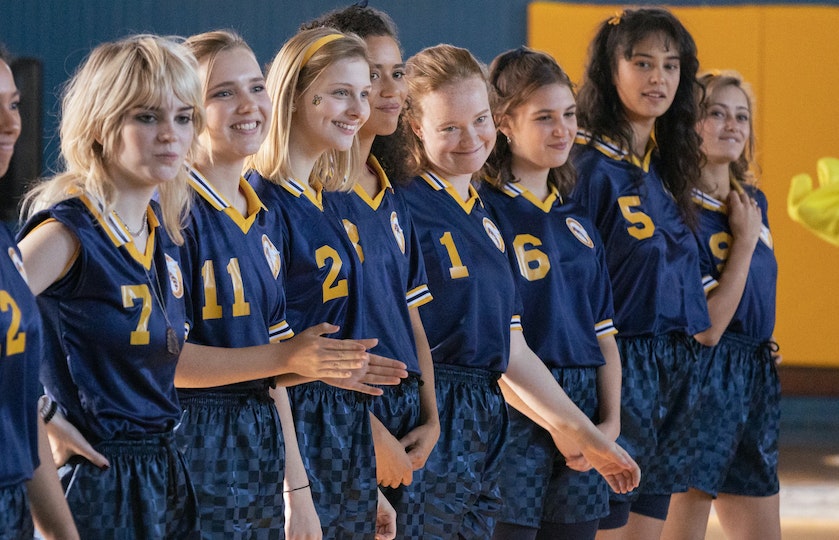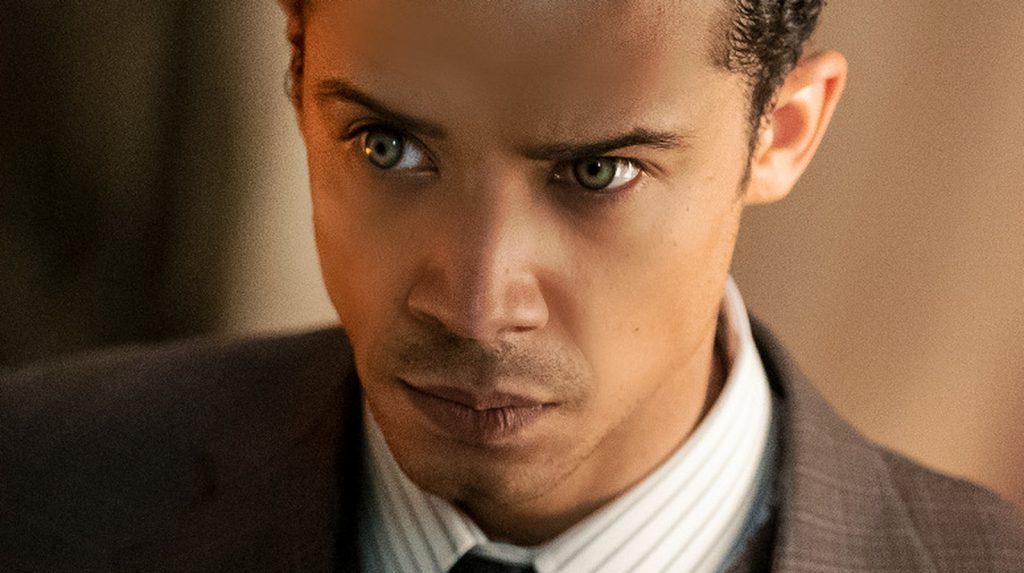In 2023, blockbuster sequels and franchise movies continued to reign supreme, with streaming services disrupting the dominance of the big screen. With renowned stars and directors releasing new films on platforms like Netflix, Apple TV, Disney Plus, Max, and others, 2024 will reshape the landscape of cinematic entertainment. While the number of films keeps growing, the amount of original television content continues to peak. In an article by Variety, writer Michael Schneider wrote that 599 original programs were released in 2022.
How is a Movie or Television Show Created and Produced?
With so many aspiring writers, directors, and filmmakers seeking a future in visual storytelling, in this article, we’ll discuss the ultimate question for beginners: how is a movie or television show created and produced? While this isn’t a comprehensive list of every step, it covers some of the most vital aspects of the process from a high-level view.
Development and Pre-Production
Every film or television show starts with an idea, concept, or existing material, such as a book, script, or real-life event. Creators can pitch their concept to producers, and from there, the idea evolves into a script; producers secure funding for the project, actors are chosen to portray characters in the story, filmmakers search for suitable shooting locations, and visual representations of scenes are created to plan shots and sequences.
The process will differ based on television vs. film. For instance, most television series are created with the idea that the show will be around for an extended time. Typically, writers intend for each episode to have a small story arc that often ties in with a larger story arc told over the course of a season or more.

The popular Showtime original Yellowjackets, for example, reportedly has a tight five-season plan, allowing the writers to develop characters that are more in-depth and have greater dimensions. Additionally, there can be a much larger cast over a series because of the time afforded for an audience to get to know them. Tension can be ratched up between characters and other story elements much more slowly than in a feature film as well.
Image via Variety.
Production and Post-Production
A healthy budget can be vital during the filmmaking or television process. In Hollywood, more money can mean stronger special effects, more high-profile talent in front of and behind the camera, and more diverse and exciting locations to film on. Employing many special effects to submerge audiences underwater, for example, the remake of The Little Mermaid in 2023, required a transformative process. It was essential during the post-production stage of filmmaking, as computer-generated imagery (CGI) and other visual effects were incorporated.
Actress Halle Bailey became everyone’s favorite mermaid, Ariel, and Melissa McCarthy was transformed into the flamboyant sea witch Ursula, captivating viewers globally. The team behind the 2023 rendition demonstrated extraordinary casting and the use of a big budget and adeptly brought Ariel to life in a live-action context.

Besides a few notable exceptions, television series don’t normally have the same type of budgets that movies do. This forces directors, producers, and screenwriters to be more creative with the storyline and character development, as well as scale back the effects and scope of their projects. This is why Wonder Woman and Spider-Man may have giant CGI supervillains, while Daredevil and Luke Cage will fight mostly straightforward stunt actors.
Image via Yahoo.
Marketing and Distribution
Viewing a film in a theater can be a different experience than watching one from your couch at home. Television series, outside of events like Comic Con, are rarely seen in such a way. Scaling your story so that it can work on a screen as tiny as the smallest smartphone then is an important thing to consider when producing a television series as opposed to a movie.
Take Interview with the Vampire, for example. The novel by Ann Rice was adapted into a film and a television show, providing two different audience experiences. The 1994 film, starring Tom Cruise and Brad Pitt, is celebrated for its atmospheric cinematography, lavish set design, and the captivating performances of its big-budget cast. The 2022 television series, however, following the same plot as the 1994 film, allows the writers to dive into the relationship between vampires Lestat and Louis.

The show is “filled with trauma, manipulation, and other toxic elements,” writes Kristen Lopez of Indiewire. The series also explores issues like race, casting Jacob Anderson as Louis, adding “relevance to the modern age and removes the need for a slave-owner protagonist.”
Additionally, when it comes to theatrical releases, viewers don’t have the same time commitment they may give to a television series. Shows give the audience flexibility in a way a movie can’t- you can pause the television show whenever you want and resume it at another time. Viewers may binge-watch an entire series in one weekend or take months or even years to get through the entire story. In a theater, an audience is more or less committed to sitting through and experiencing the whole thing in one sitting.
This means the marketing and distribution can be different for television vs. film. Films typically have a concentrated marketing effort leading up to their theatrical release. The release date is crucial, and marketing campaigns often build momentum to create anticipation for opening weekend. Television, meanwhile, is often marketed in seasons. Initial marketing efforts may be focused on the premiere of a new season, with ongoing promotions throughout the season.
Image via Looper.
Explore the World of Filmmaking at NYFA
These are just a few key differences between long-form and short-form cinematic storytelling. And, of course, movies and television series (especially these days) also share many similarities. If you’re interested in learning the craft of filmmaking for either or both of these mediums, check out the programs offered by the New York Film Academy today.